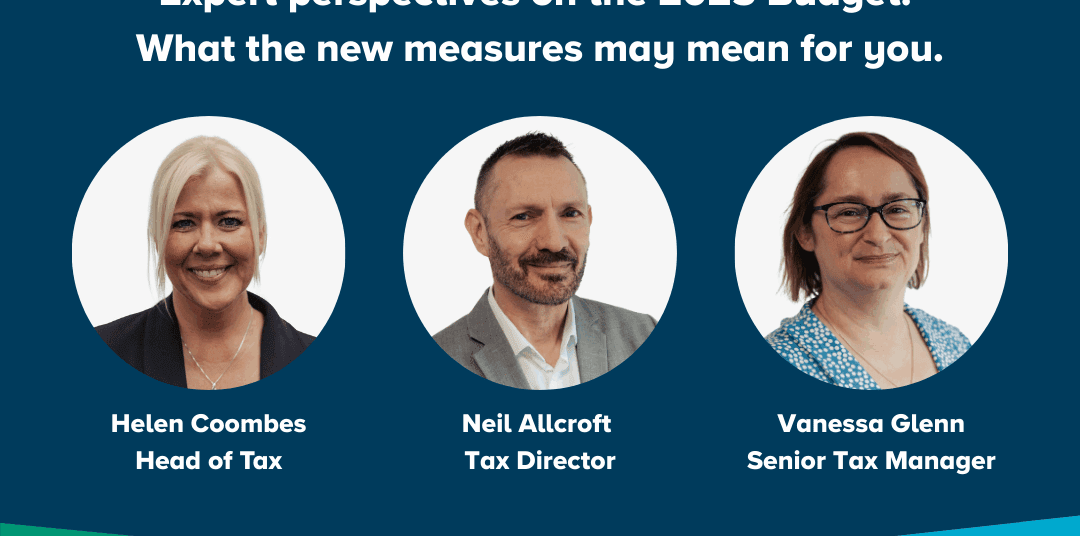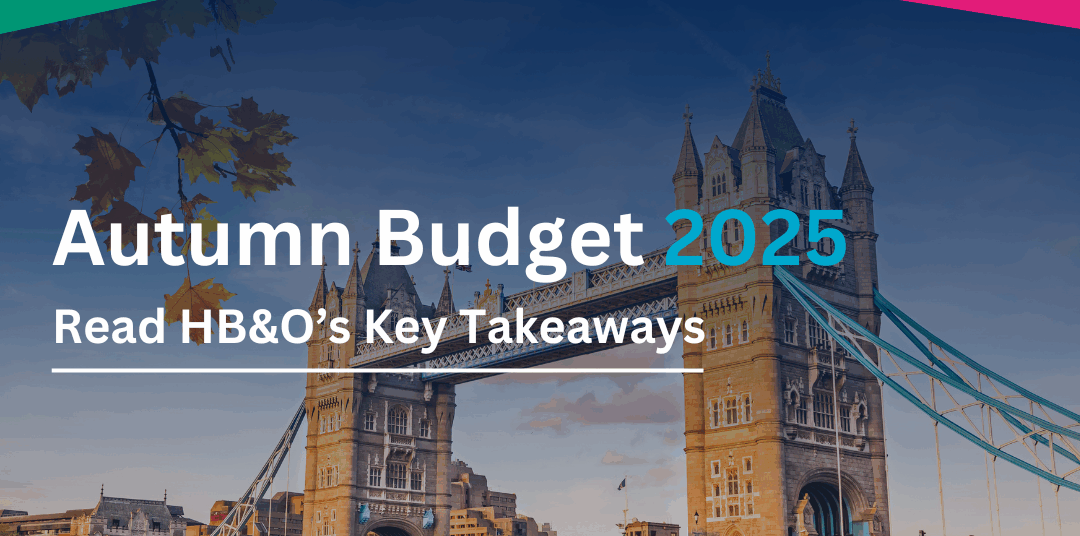Most occupational pension schemes (e.g. employer operated pension schemes) typically deduct contributions under Net Pay Arrangements and personal pension schemes will make deductions under ‘Relief at Source’. However, it should be noted that this is not always the case. For example, Nest, the Government-backed workplace pension scheme, operates a Relief at Source scheme, and many higher/ additional rate employees are unaware that they are eligible for additional tax relief on their contributions.
How does a Relief at Source pension scheme operate?
With a Relief at Source scheme, your pension contributions are taken from your pay after your income has been taxed. The pension provider will automatically claim basic rate tax relief on your contributions, which will be added to your pension pot.
If you are a higher rate or additional rate taxpayer, the onus is on you to claim the higher/ additional rate tax relief on your pension contributions. This does not happen automatically. To do this, you can include details of your contributions on your self-assessment tax return or alternatively, you can call and speak with HMRC (or your agent can do this for you, subject to the appropriate agent authority being in place).
You may also be able to submit overpayment relief claims for tax years dating back to 2019/20 (from 6 April 2024, the earliest year will be 2020/21) if tax relief is due and has not already been claimed.
How does a Net Pay Arrangement scheme operate?
The Net Pay Arrangement scheme takes your pension contributions from your salary before tax. This means you will only pay tax on what is left, so you will immediately receive full tax relief on your contributions. This process implies that those who don’t pay taxes won’t receive tax relief.
Tax Relief limits
1. Amount of tax relief:
Tax relief on contributions paid into a registered pension scheme may be restricted. This is because the maximum level of pension contributions eligible for tax relief is the higher of 100% of relevant earnings or £3,600 – this is the gross amount, so the taxpayer will physically pay 80%, with the tax relief making up the balance. The onus is on the individual to ensure tax relief is not overclaimed and HMRC may ask you to repay any excess relief given.
2. Tax relief for non-earners:
An individual without relevant earnings can pay £2,880 into a personal pension scheme (Relief at Source scheme), and HMRC would automatically top this up to £3,600 with basic rate tax relief. However, a low paid employee, who is not liable to tax, and whose employer operates a pension scheme under Net Pay Arrangements, will not receive tax relief.
For example, say an employee’s gross earnings just exceed the personal allowance of £12,570, but the deduction of their pension contribution under the Net Pay Arrangement brings their income below this threshold, they will receive some, but not all, of the basic rate tax relief on their pension contributions.
Salary: £14,500
Less: Pension Contributions (£175 x 12 months = £2,100)
Employment Income: £12,400 (below the personal allowance)
Tax relief will be given on £1,930 (the difference between the income received and the personal allowance), namely £386 (£1,930 x 20%), but no tax relief will be given on the remaining pension contributions of £170 (£2,100 – £1,930). From the 2024/25 tax year, the intention is that HMRC will repay where practicable, after the end of the tax year, the tax relief of £34 (£170 x 20%), so that low earners will receive the same tax relief irrespective of the type of pension scheme being operated. The £170 would be treated as employment income in the tax year that the pension contribution is made, so in our example:
Salary would become: £14,670.
Less: Pension contributions: (£175 x 12 months) (£2,100)
Employment Income: £12,570 (equivalent to the personal allowance)
3. Tax charges:
Charges may arise where pension savings exceed the available ‘annual allowance’, but this should be noted separately and will be considered in a later article.
How we can help you
At HB&O, we have a team of specialist tax advisors who can ensure that you receive the correct relief at the right time and can help you recover tax relief which has not been claimed in earlier years, where appropriate. If you would like to find out more, contact us today for an initial complimentary consultation.
Email: [email protected]
Phone: 01926 422292














